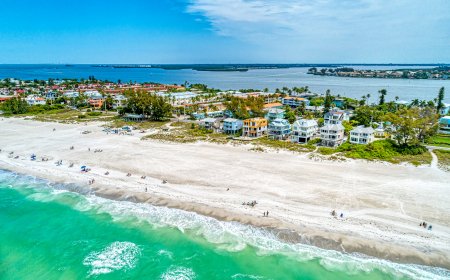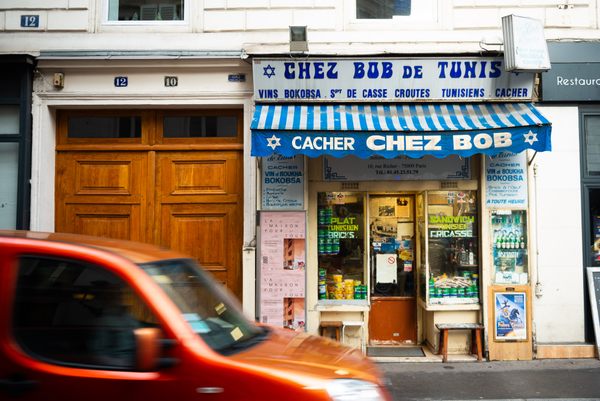Casa da Moeda in Panaji, India
In the square near Panaji Head Post Office, there are a lot of old Portuguese Era buildings. Also known as Tobacco Square in the Bairro do Sao Tome, the location of the area was historically extremely significant and many important buildings came up here. One such building is the Casa da Moeda which means House of Coins. This building functioned as the Mint of Goa from 1834-1841. During that era, the then Portuguese Viceroy of Goa, Dom Manuel de Portugal e Castro, was not happy with the coins that were being minted in Old Goa (Velha Goa). So he ordered the mint to be shifted to Panaji (Nova Goa) which was the new capital, so that the work could be carried out under his supervision. A historical document calls this move an important landmark event in the history of Indo-Portuguese numismatics. Eventually, the mint was shifted to the arsenal in Panaji in 1841. Later, Casa da Moeda also housed the telegraph offices of both the British and the Portuguese. It may be one of the few buildings which were occupied by both the British and Portuguese governments. In 1904, the place was sold to General Dr. Miguel Caetano Dias, whose family continues to live here today. The building remains an important landmark in Panaji’s history.


In the square near Panaji Head Post Office, there are a lot of old Portuguese Era buildings. Also known as Tobacco Square in the Bairro do Sao Tome, the location of the area was historically extremely significant and many important buildings came up here.
One such building is the Casa da Moeda which means House of Coins. This building functioned as the Mint of Goa from 1834-1841.
During that era, the then Portuguese Viceroy of Goa, Dom Manuel de Portugal e Castro, was not happy with the coins that were being minted in Old Goa (Velha Goa). So he ordered the mint to be shifted to Panaji (Nova Goa) which was the new capital, so that the work could be carried out under his supervision. A historical document calls this move an important landmark event in the history of Indo-Portuguese numismatics.
Eventually, the mint was shifted to the arsenal in Panaji in 1841. Later, Casa da Moeda also housed the telegraph offices of both the British and the Portuguese. It may be one of the few buildings which were occupied by both the British and Portuguese governments.
In 1904, the place was sold to General Dr. Miguel Caetano Dias, whose family continues to live here today. The building remains an important landmark in Panaji’s history.
What's Your Reaction?























:quality(85):upscale()/2024/01/25/878/n/1922153/f94f61ec65b2bf18018990.47538761_.jpg)

:quality(85):upscale()/2024/01/26/759/n/29590734/b7f6660b65b3e8460d7196.77057039_.jpg)
:quality(85):upscale()/2024/01/27/741/n/1922153/8d43a26665b533b214de01.38307153_.jpg)








